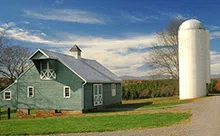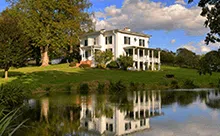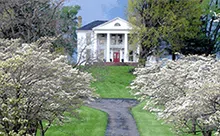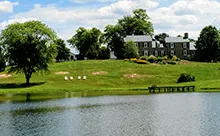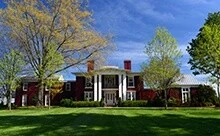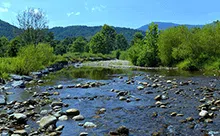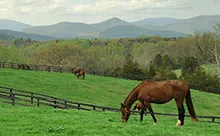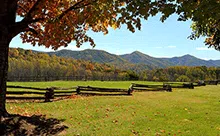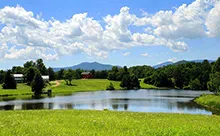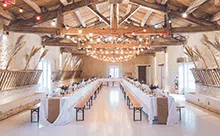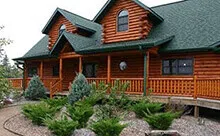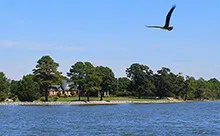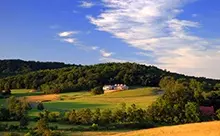Monticello, A Charlottesville Historic Home
When it comes to historic homes in Charlottesville, no estate is more celebrated than Monticello, the home of Thomas Jefferson, Third President of the United States of America. Of the many Charlottesville historic homes that put our town on the tourism map, Monticello represents a masterpiece of early American architecture (and a standout for Charlottesville architectureenthusiasts) that is situated minutes from downtown Charlottesville, the cultural epicenter of Albemarle County and Central Virginia real estate.
Monticello is recognized as a National Historic Landmark and a United Nations World Heritage Site. This Charlottesville historic home was designed by President Jefferson based on the neoclassical principles of the Italian Renaissance. Monticello is positioned on the summit of an 850-foot-high peak in the Southwest Mountains south of the Rivanna Gap, overlooking the City of Charlottesville.
Translated from Italian, the name of this historic residence means “little mountain.”
It is no wonder why many consider Charlottesville real estate such an attractive market; one can argue this Southern cultural hub owes its heritage of learning, wonder, and artistic expression to Thomas Jefferson, a true Renaissance man.
President Thomas Jefferson and His Historic Home in Charlottesville
Author of the Declaration of Independence, public servant, philosopher, artist, and farmer are some of the many adjectives that describe the interests and life of Thomas Jefferson. At age 26, our former president inherited Charlottesville land from his father and began building his home.
A few years later, Jefferson married Martha Wayles Skelton, with whom he lived happily for ten years until her death. The couple had six children, but only two lived long enough to reach adulthood. Jefferson never remarried and made his permanent home at Monticello, where he continued to transform the dwelling into the most famous of Charlottesville historic homes.
Facts about Monticello
Monticello consists of a total of 43 rooms, 33 of which occupy the house itself – including 12 rooms in the cellar, 11 on the first floor, six in the second floor, and four on the third – with four rooms in the adjacent pavilions and six under the South Terrace. Interestingly, Jefferson included 13 skylights in the house, a novel approach that adds a considerable amount of light to the inside of the home.
Jefferson began the construction of Monticello in 1769 according to his original design and with extensive remodeling during the 1770’s, which was mostly completed before he left for Europe in 1784. He began work on a new design for remodeling and enlarging the house in 1796 and finished by 1809.
The following chronology brought to you by Monticello.org highlights the construction of the home:
- 1768 Mountaintop cleared and leveled
- 1769 First bricks made and construction begun
- 1770 Jefferson moved into the completed South Pavilion
- c. 1772 Dining Room (north wing) is the first part of the house to be completed and made habitable
- 1796 Demolition of upper story and construction based on new design begun
- 1801-3 North and South terraces and dependencies built
- 1806 North Pavilion under construction
- 1808 North Pavilion completed and South Pavilion remodeled
Monticello’s famed and historic gardens were pure botanic cornucopia, a culmination of food, and art, Jefferson’s experimental laboratory of ornamental and useful plants from around the world.
When Jefferson died in 1826, he owed more than $107,000 in debt. One year later, his daughter was forced to sell Monticello, including the furniture, animals, farm equipment, and slaves, at an executor’s sale.
Monticello Today
Today Monticello leads other historic homes in Charlottesville with a staggering number of visitors. In fact, approximately 450,000 people visit Monticello each year. The Thomas Jefferson Foundation was incorporated in 1923 to preserve Monticello; the private, nonprofit organization receives no regular federal or state budget support for its twofold mission of preservation and education.
You can learn more about Jefferson and this most famous of Charlottesville historic homes by visiting www.monticello.org.



















